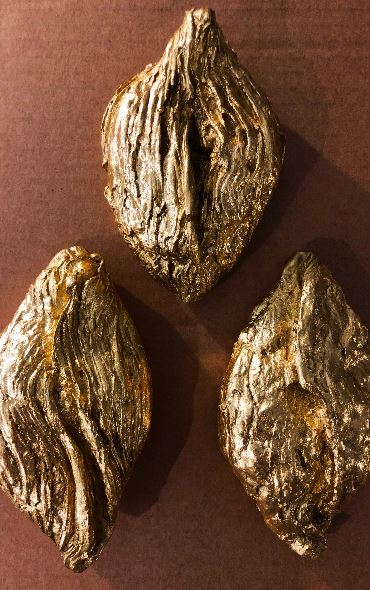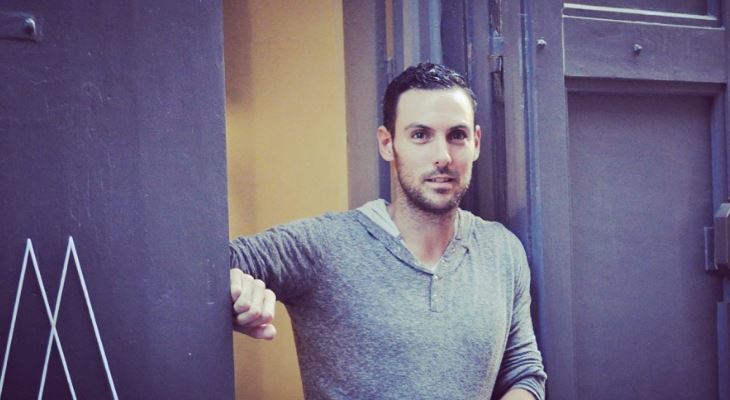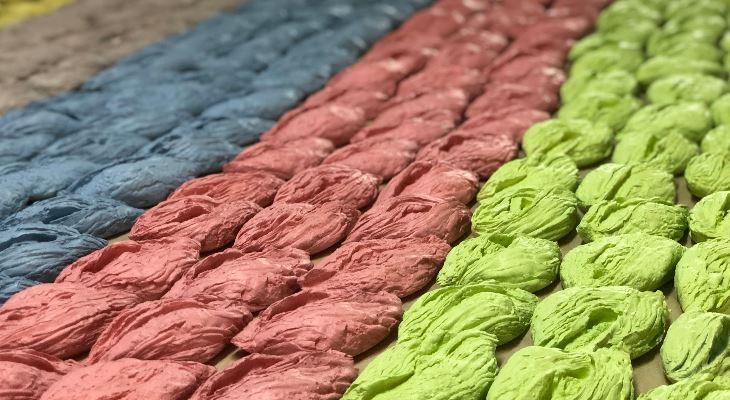In conversation with artist Kane Cali about The Pastizzi Project.
As much as Maltese artist Kane Cali can identify with symbols such as the luzzu and the Maltese cross when referencing local identity, he feels that, as symbols, they do not help in describing the more current and contemporary nature of Maltese society. Instead, he believes that the savoury snacks known as pastizzi succeed in doing so more aptly.

Kane Cali
“Being a society known for its religious love for food, as well as a culture which enjoys innuendos, and, let's not forget, the cheap and cheerful, I could not think of a better symbol other than pastizzi to represent Malta,” he says.
Kane Cali’s pastizzi are made in concrete, set in molds, from carefully-selected (edible) pastizzi purchased from local pastizzerias.
Having studied art away from the island for nine years, Cali returned to experience Malta not merely as a local, but also as an observer. Kane Cali’s pastizzi have been received well by the public and within the local art arena. They are permanently on display at The Centre office block in Tigne, and are temporarily lining the wall of Risette restaurant in Valletta. The pastizzi, painted in a spectrum of colours, are also being sold as individual consumerist pieces at retail outlets such as Camilleri Paris Mode and the Valletta Contemporary art shop.
The edible, now materially transformed, no longer remains the cheap and cheerful savoury item we all know and love, but in concrete, becomes more permanent and is transformed into a symbol. “I feel the pastizz has a lot to say about who and what contemporary Malta has become,” he explains. “I believe that most people with a sense of humour get it, and understand my work's potency as a statement on society.”

The heart-warming and beloved snack is more commonly known to be constructed out of flaky pastry, ricotta (or peas), and baked. However, with Malta’s current construction boom, pastizzi made out of concrete, although inedible, are perhaps a fitting alternative and representation of the island.
Kane’s experimentation process takes place in his studio in St Ursula Street. “The studio has been a space for ongoing research into materiality and experimentations with technology, with the aim of creating a synthesis between the two,” he says. The unique workspace is now equipped for the production of cast glass, an art which is new to Malta, as well as ceramic production.

“My practice aims to bridge traditional processes with contemporary technologies,” he says. Kane now devotes all his time to his practice working solely as an artist, engaging closely with galleries, architects, designers, and so on.
After his success with The Pastizzi Project throughout 2018, 2019 is looking just as exhilarating for the artist. He is currently creating new pieces for shows in Berlin and Rome, and has other exciting projects up his sleeve, which he is keeping to himself... for now. However, if his future work is anything like The Pastizzi Project, we are certain it will be eccentric and innovative. We will definitely be waiting and watching to find out what he does next!